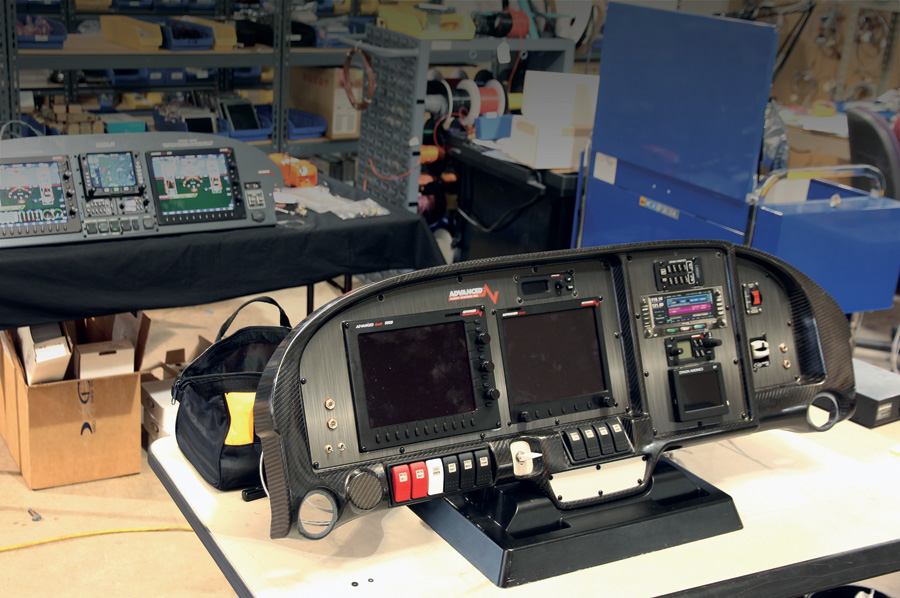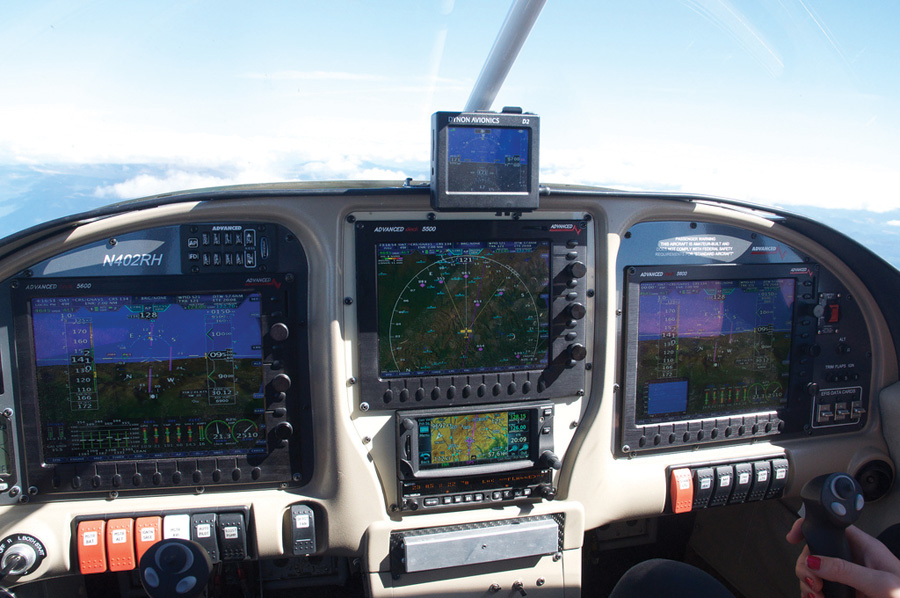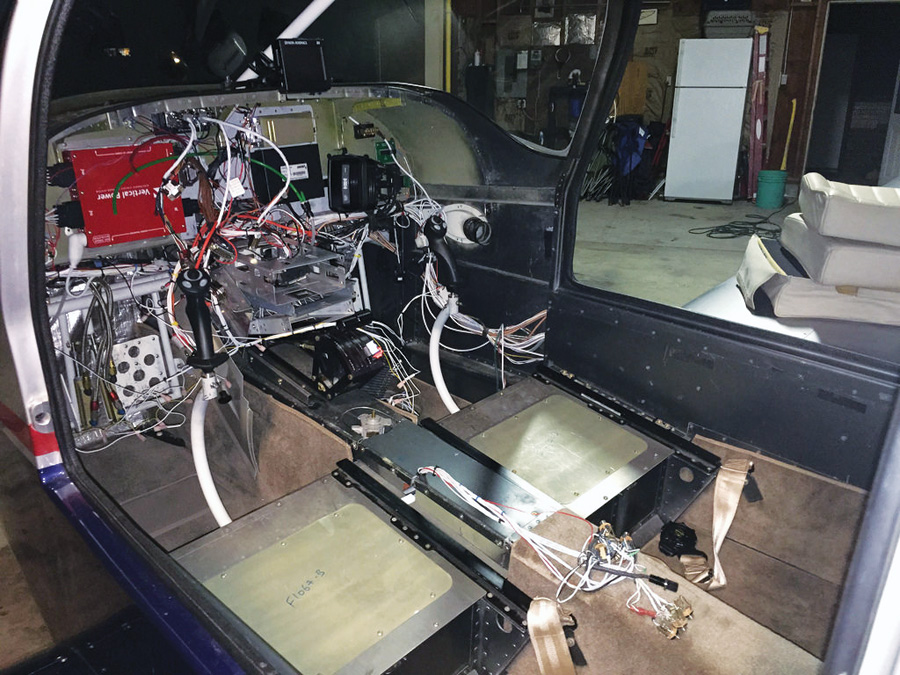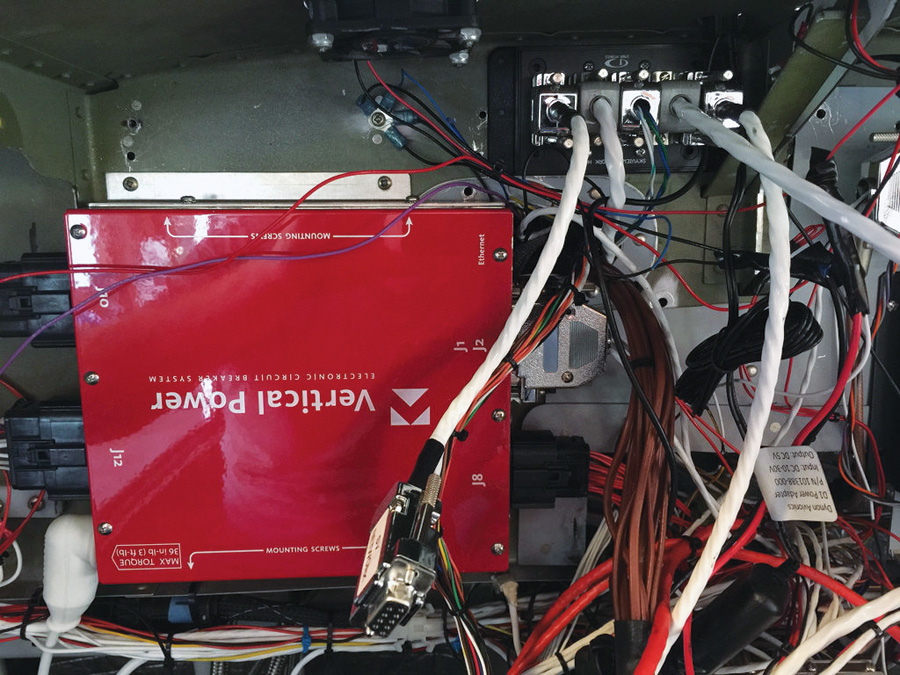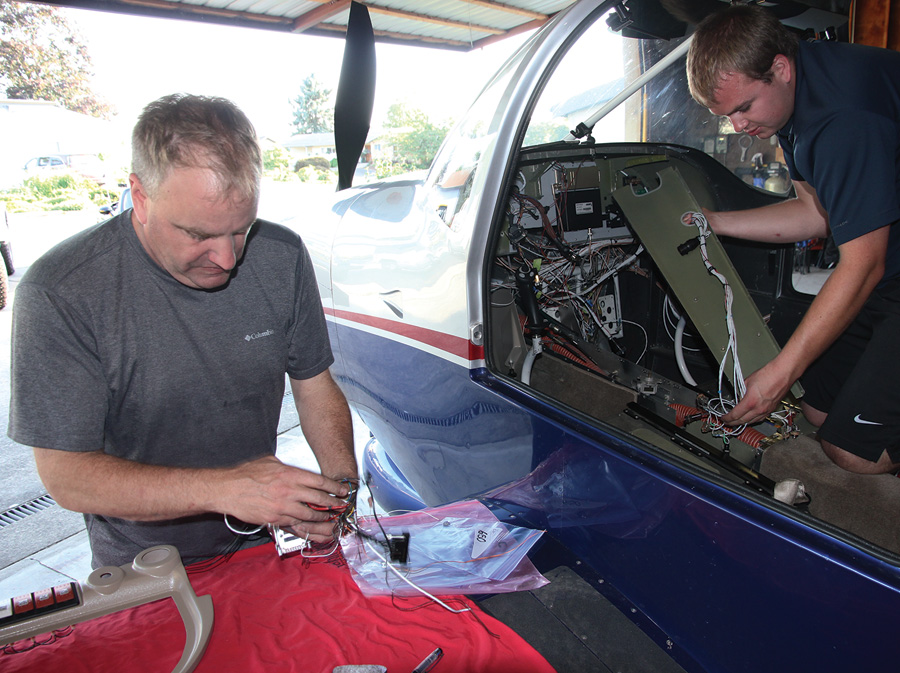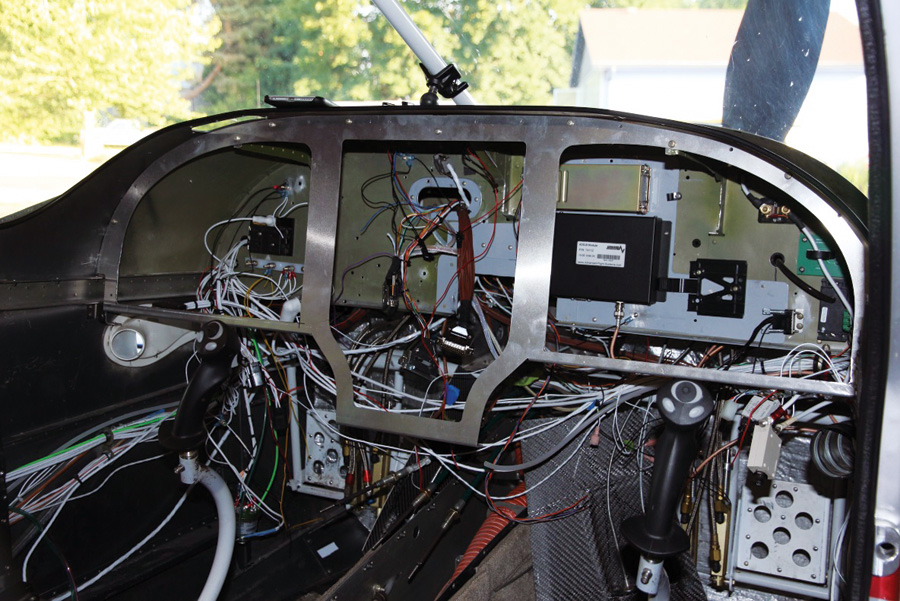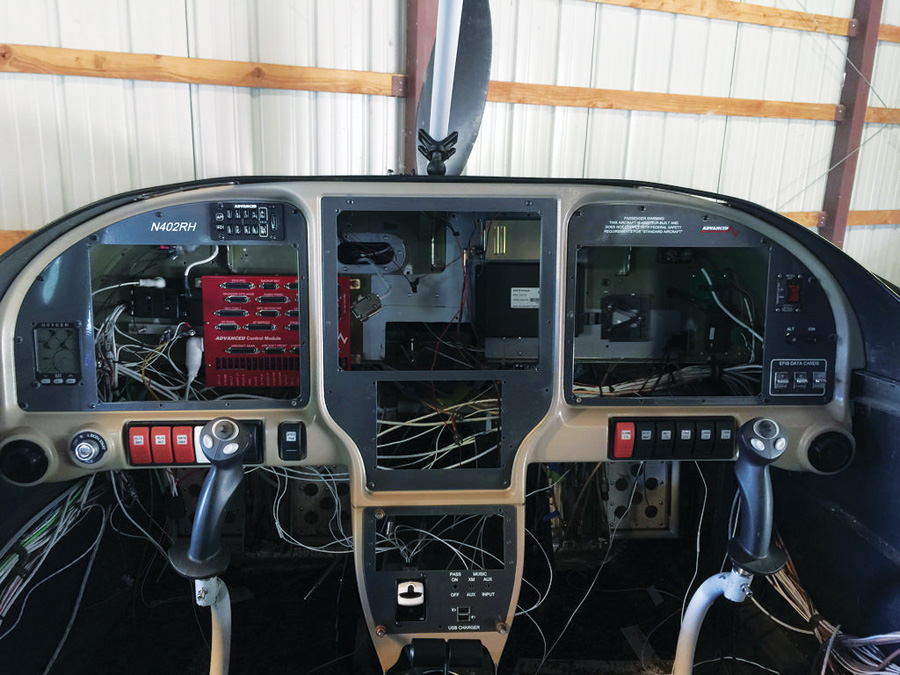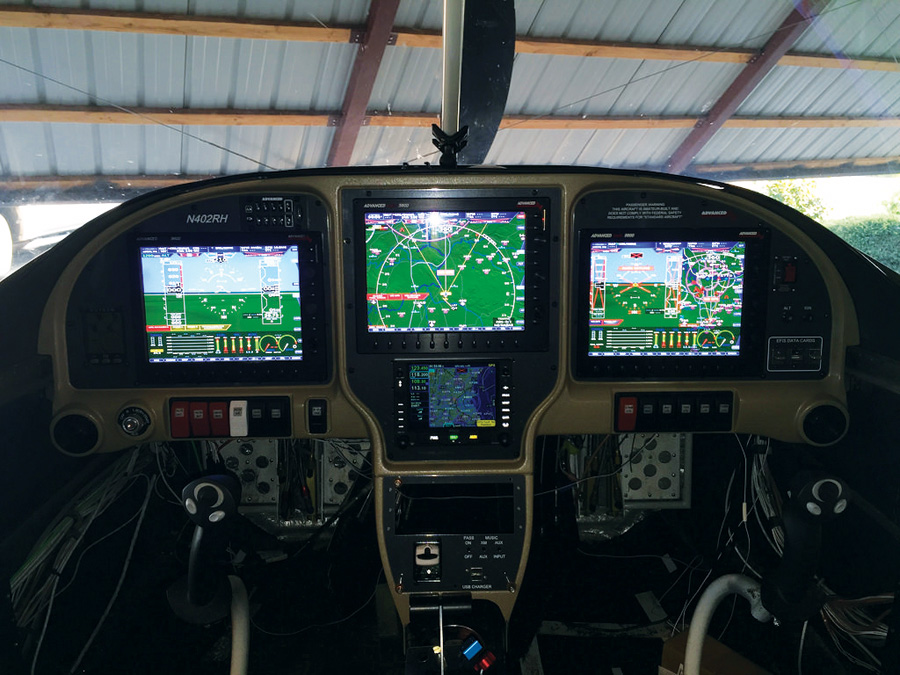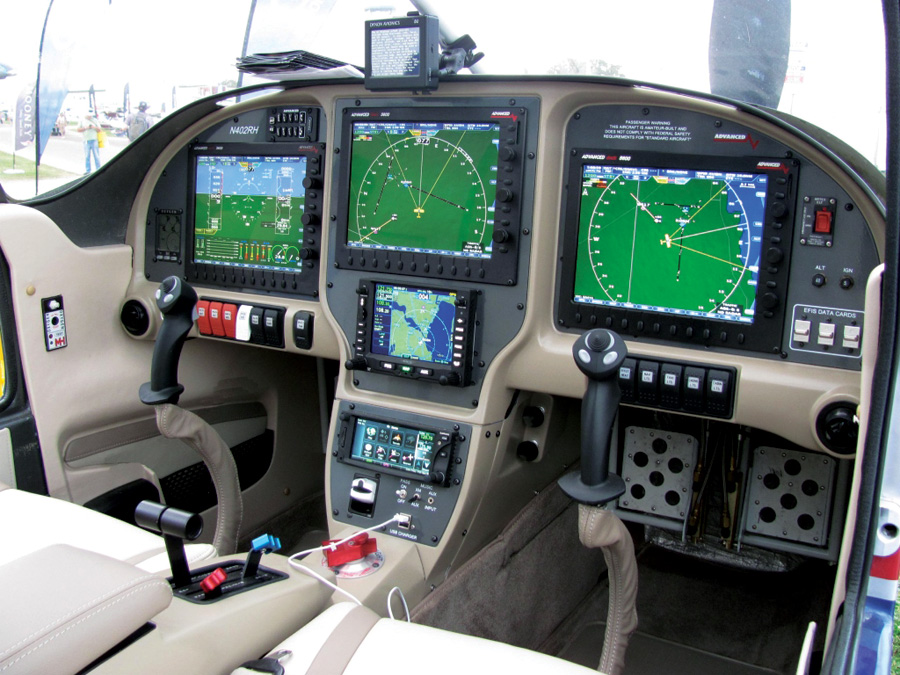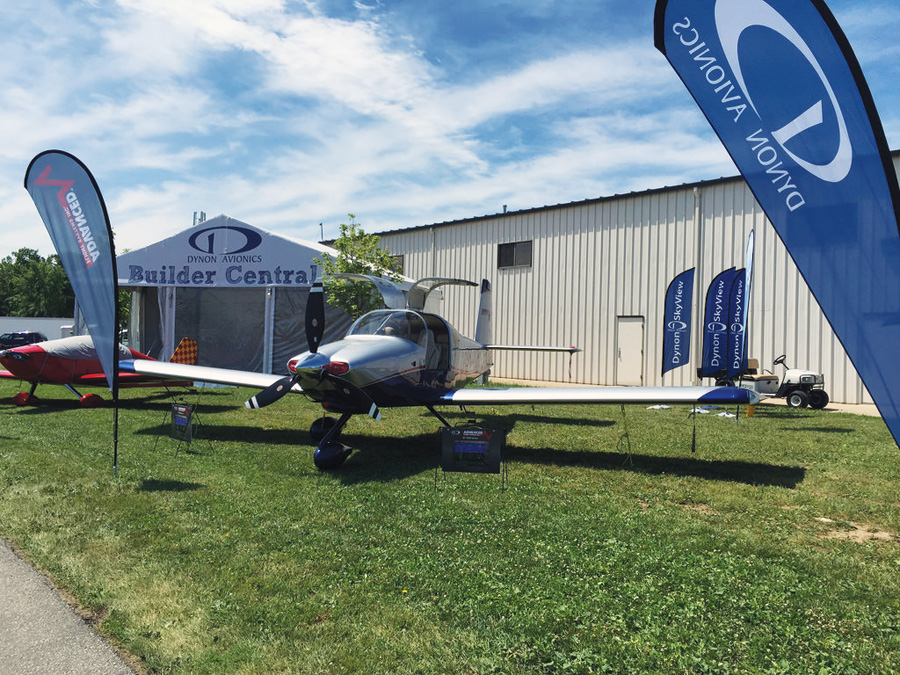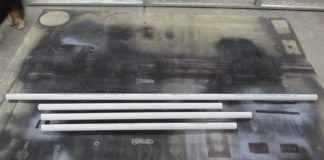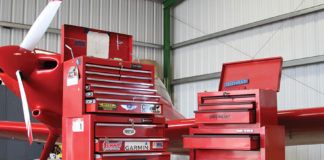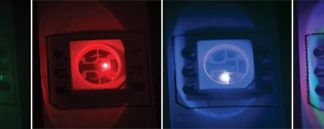If you are planning a building project, building now, or have been flying your plane more than a few years, you are probably thinking ahead about a new instrument panel. I remember forecasting and drafting my instrument panel years ago, before I had even driven the first rivet in my RV-8. Many plan this well in advance of the airplane build sequence because the panel contains the toys, bells, whistles, and fun stuff to make our airplane go. It is what we will be looking at the most when we ultimately fly our labors of passion. (Well, look out the window more—unless you are flying IFR.)
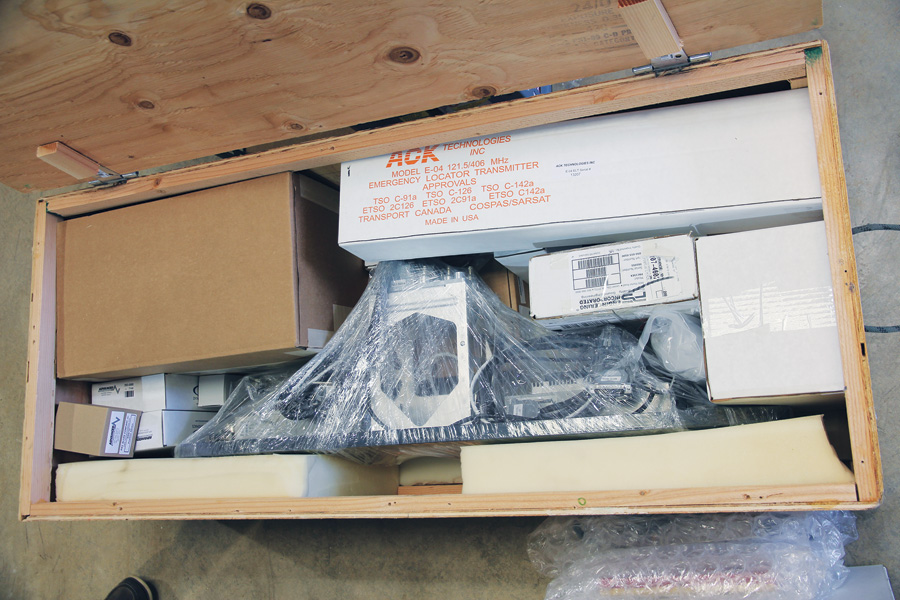
In one neat box is a complete panel system built for you. This is one of the many exciting crates you open during the building process, but this one has more instant gratification than any other!
Experimental avionics are changing at a record pace, so the panel should be the last purchase decision of the project. If you are anything like me, you have spent the better part of five years building an airframe, rigging control surfaces, installing an engine, maybe painting and, of course, anxiously dreaming of the day you get to fly. I spent weeks—which turned into months—acquiring components, designing the layout, cutting, fitting, wiring, installing, then testing and troubleshooting to get the panel I desired. Among other challenges, my intercom, headset jacks, and radio interfacing with the EFIS was a real pain. I was getting so close to breaking something…other than the bounds of gravity!

It will take longer to unwrap the components than to plug them into the ACM. The clearly marked harnesses make it easy to complete your avionics electrical connections.
Now, for a reasonable price and a quick and easy install, there is a good solution to this often frustrating and always time-consuming project: the Quick Panel System from Advanced Flight Systems. After spending some time with Rob Hickman, founder of AFS, and witnessing his “ten days before Oshkosh” panel upgrade (see sidebar), I became more curious about the Quick Panel System, so a factory visit was in order.
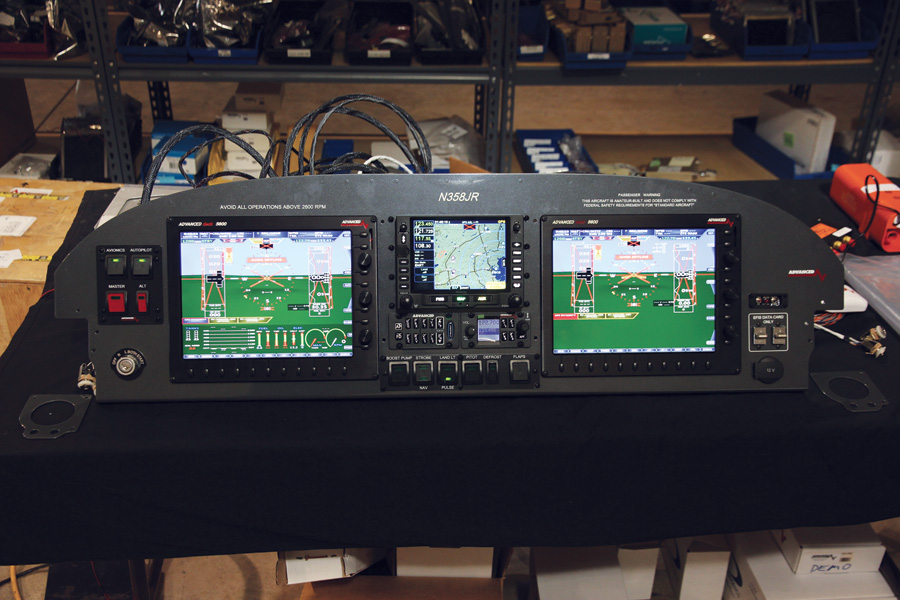
Less than 15 minutes from crate to a working panel, including GPS signal. The two small subpanels laid down are for air vents and the pre-wired headset plugs.
A Little History
Back in the ’90s, most airplanes were built with many round, single-purpose gauges. Rob Hickman built his own RV-4, but wanted a better, more complete engine monitoring system than was currently available to fit a small panel. With his background as an electrical engineer and software expertise, he made his own monochrome screen engine monitor. Other Experimental pilot friends asked Rob to build them one, and then the owner of a local avionics supplier told Rob that if he produced them, he would sell them. So in 2002, Advanced Flight Systems was born.
More monitoring features were added to the system over a few short years, including angle-of-attack, attitude and heading reference, autopilot, GPS navigation, and communications integration. This made the AFS system a complete EFIS glass panel. In July 2013, Dynon Avionics and AFS joined forces, with the acquisition of AFS by Dynon.

A full IFR panel system will have six or so remote mounted sub-panel components as seen here behind the main panel. Mounting these, plus antennas, engine and air sensors, and servos will take the bulk of your system install time.
And Now
In July 2014, AFS announced the Quick Panel System (QPS), a line of complete pre-built avionics panels. The panels are professionally wired, configured, tested, and ready to install in many popular kit aircraft.
You can choose a VFR or IFR panel designed around either the AFS AF-5600 Touch system or the Dynon SkyView D1000T Touch system. In addition to dual 10-inch touchscreens, the panels include an air data/attitude/heading reference system (ADAHRS), transponder, ADS-B, com radio, GPS, autopilot, engine monitor module, and a lot more. The laser-cut aluminum panel and sub panels are powder-coated and custom silk-screened for a professional finish. Switches and component trays are pre-mounted right out of the box.
The key component at the heart of the Quick Panel System is the Advanced Control Module or ACM. It integrates circuit protection, panel dimmer controller, flap controller, trim controller, wig-wag light controller, EFIS networking and a panel switch interface. AFS manufactures harnesses that go from the avionic components and simply plug into the ACM, which is mounted on the forward sub panel, low under the main panel. The ACM also contains 22 channels of circuit protection in the way of blade-type fuses. In the unlikely event of a blown fuse, you do need access to the bottom of the ACM for changing the fuse, once you have determined why it blew.
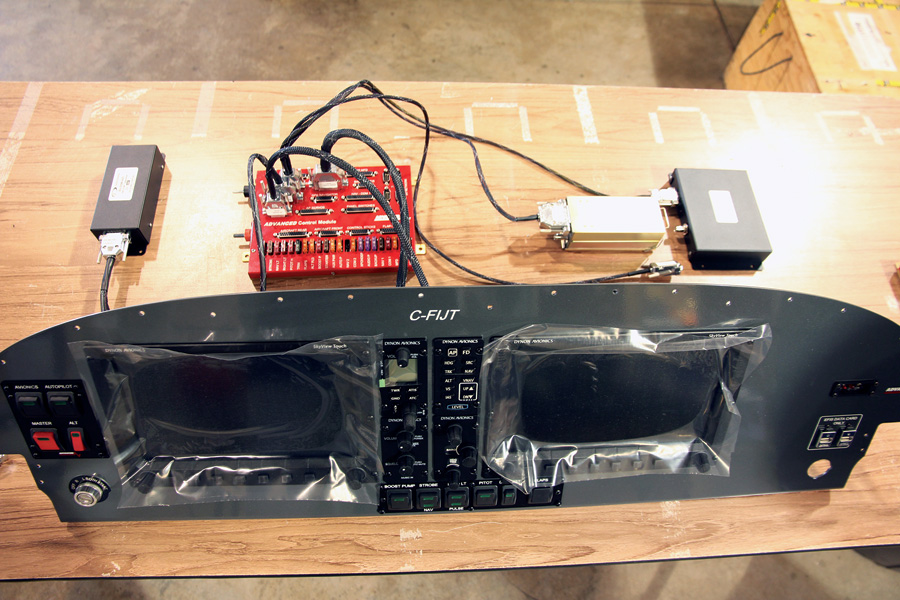
On another table, a quite capable VFR panel using Dynon SkyView touchscreens. If you add IFR capability later, the ACM is ready to plug and play.
The Factory Demo
I met with Jeffrey Hickman, son of Rob, at AFS. Buzzing in the background was a CNC milling machine making heatsinks for the EFIS systems. In the shop, two employees were at benches producing harnesses to be used to connect the panel components through the ACM. On top of several worktables were complete panels loaded with their magic boxes. Jeffrey explained to me they were waiting for their custom-built harnesses to be completed. Then, they will be plugged in, powered up, and a complete array of tests will be performed with all modules. The customer gets a professionally engineered, pre-calibrated, thoroughly tested and proven system with the QPS.
We made our way to a crate about the size of a hope chest; in fact, it opened on chest-type hinges, revealing the goodies inside. This was an actual QPS shipment that we were going to quality control. We picked up the chest and moved it to an empty table. Jeffrey pulled out the panel, along with each of the modules and components, taking more time to unwrap them from the shipping bubble wrap and boxes than to slide and screw them into their home on the panel and plug them into the ACM.
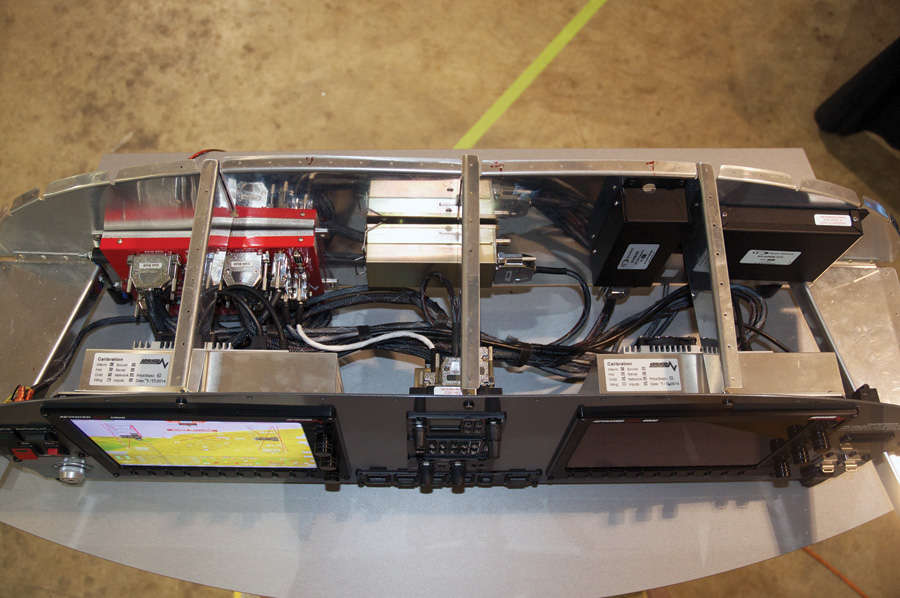
The forward sub-panel shown here is part of the airframe structure. It’s a good place to mount remote components and the ACM. (Photo: Rob Hickman)
All components for a complete IFR system were there (including a stand-alone certified IFR GPS unit), but excluding the items a customer has most likely already purchased and installed, such as servos, engine and air sensors, and external antennas. In less than 15 minutes from opening the box, Jeffrey fired up the system. The big EFIS screens booted up, maps loaded, and we even had GPS-source navigation in the building. Now in all fairness, Jeffrey has done this before. But if you can hook up a computer system to its monitor, speakers, and printer cables, you can do this too, and it may even be easier. Jeffrey explained that the majority of the time will be spent mounting the remote modules on the subpanel; we just laid them on the table for this test. You would also need to do some crimp pin connector construction for the servos and engine and air sensors—supplies are included.
Is It Worth It?
We are do-it-yourselfers or we wouldn’t be building our own airplane, right? But I have learned the hard way that you have to choose your battles to fight or hats to wear. Like scratch building or painting your airplane, you could save some money doing it yourself, or you could waste time and material when a mistake is made. Actually, after adding up the costs of the individual components, it’s not much more to let AFS build you a Quick Panel. Because AFS and Dynon are also manufacturers of many of the components (not just a panel shop), the savings is passed on to the customer. And in a world where time is money, you’re not spending yours sourcing the components separately, building your own harnesses, and fussing with the connections. So, if you wish to get-‘er-done—and done right—this is one of many good shortcuts available in the kit-built industry. For more information on products, services, and prices visit www.advanced-flight-systems.com.

